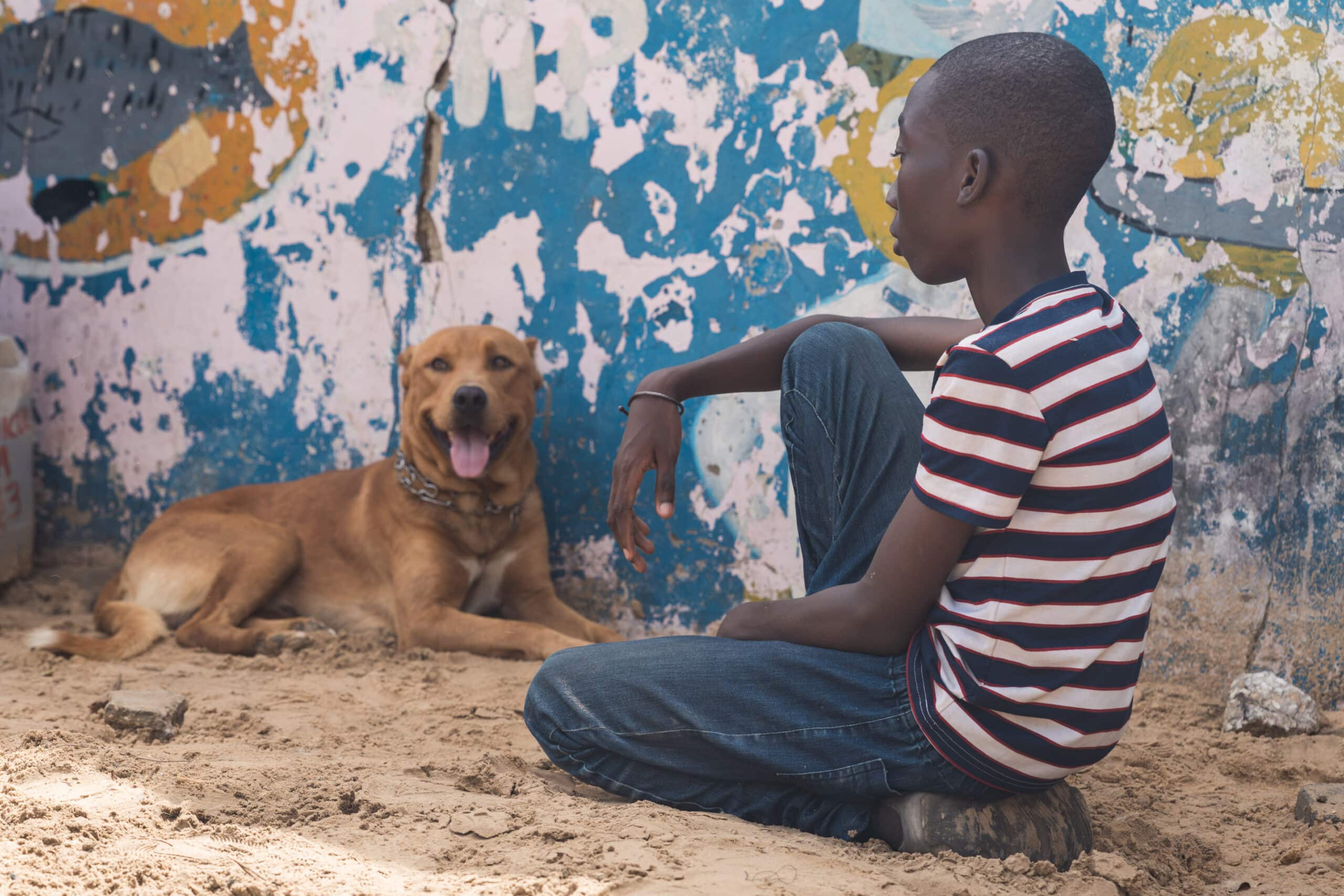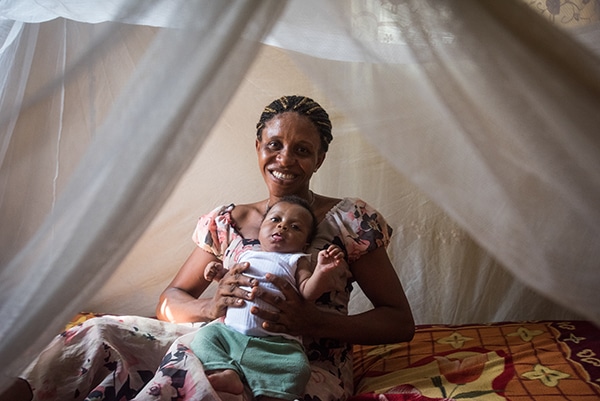In many countries where rabies is endemic, vaccines to prevent the disease in humans and dogs are unaffordable or unavailable.
New research from the Johns Hopkins Center for Communication Programs in Sierra Leone lays out a more feasible substitute for low-resource settings, helping people co-exist safely with animals and practice responsible animal ownership.
While vaccines to prevent rabies are very important, increasing people’s understanding of the risks of rabies, teaching them to avoid aggressive interactions with dogs and increasing their knowledge of how to respond to bites and scratches can also save lives by reducing exposure.
The research is being presented virtually this week at the Rabies in the Americas conference in Buenos Aires, Argentina, by CCP researchers ‘Kuor Kumoji and Michael Bride.
The presentation will focus on the success of a multi-faceted multimedia Living Safely with Animals campaign in Bombali District. The campaign, developed by the CCP-led Breakthrough ACTION project, has since been expanded to the rest of the country by government of the Sierra Leone, reaching more than 2.5 million people out of a population of 8.6 million.
“Our research showed high levels of risky interactions with dogs in spite of a high level of awareness of rabies and high perception of risk,” says Kumoji, who led the research, “so Breakthrough ACTION developed a campaign that focused on decreasing environmental and behavioral risk in addition to promoting vaccinations.
“We showed that this was an effective way to reach a lot of people to prevent rabies, especially in low-resource countries where vaccination isn’t always an option. And this is something that can be adapted in other countries or with other zoonotic diseases.”
Kumoji’s formative research included two surveys of roughly 2,600 residents from four different locales as well as focus group discussions and key informant interviews. It looked at knowledge and risk behaviors and whether the campaign was successful at reducing dangerous interactions between dogs and humans.
What is different about Kumoji’s presentation is that most of those at the conference will focus on the medical side of rabies, vaccines or treatments, instead of what drives behaviors that allow rabies to spread, and how those behaviors could inform prevention strategies. That’s where the CCP work comes in.
The campaign theme, “Stopping Dog Bites Helps Stop Rabies,” was heard in jingles aired on radio stations several times a day, seen on eye-catching posters in medical facilities and a video panel van that regularly drove around Freetown flashing messages, reinforced through job aids used by health care workers and reminder cards used by community leaders, and even shared in a community outreach intervention on a popular transport ferry.
Rabies is almost always spread by dog bites and once someone is bitten, they need immediate treatment. If the human develops symptoms, it is too late for treatment and the disease is fatal. The treatment, four rounds of vaccines delivered over a week, is often cost prohibitive and difficult to access.
The campaign was designed to increase awareness of the risks of dog bites and rabies, how to prevent dog bites (let sleeping dogs lie) and what to do if bitten (wash the wound, call the 1-1-7 emergency line, see a health care worker). It also worked to strengthen reporting channels within and between one health sectors at community level (human health, animal health, environmental health) for improved surveillance and response to dog bites. The program also created a new cadre of health worker: community animal health workers for easy access to information and support, and for surveillance at the community level.
The researchers found that the campaign successfully increased knowledge and awareness (which was already quite high), improved surveillance, and, most importantly, reduced high-risk interactions and behaviors in most communities.
“This campaign used mass media and one-on-one community engagement, was well-grounded in science and, as a result, is still being used today,” Bride says. “This is a great testament to our work.”





